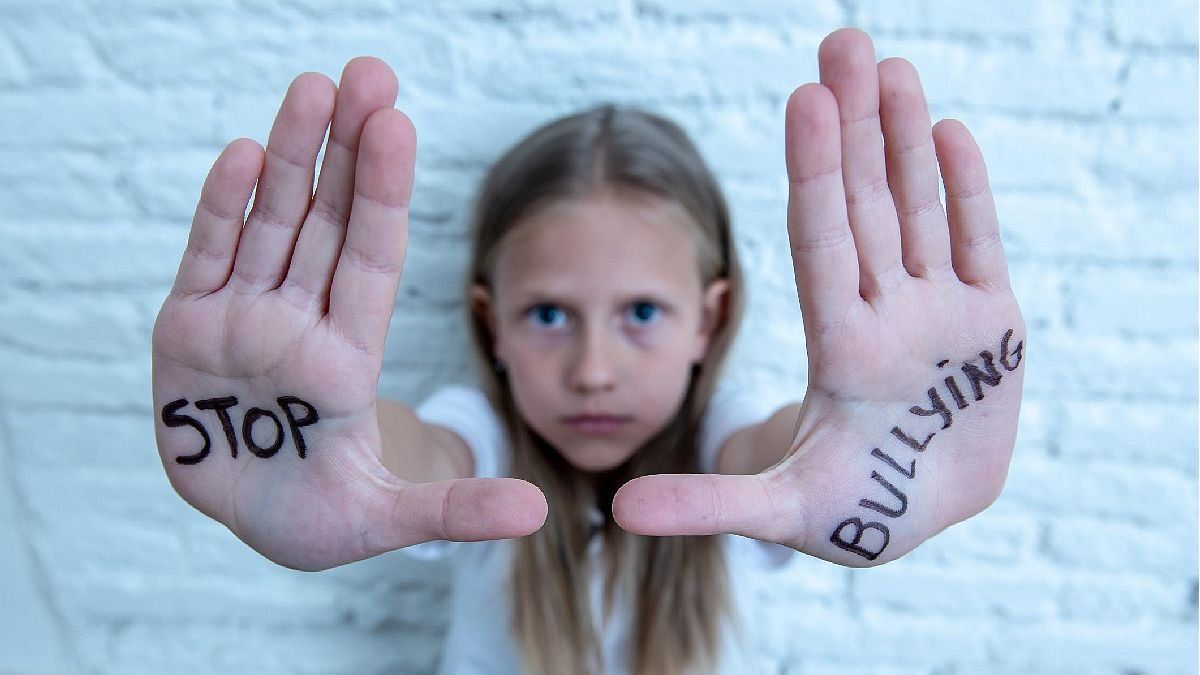The description of the phenomenon typifies the behaviors of those who participate -the bully, the victim and the witnesses or observers- and leaves little room to think about the complexity of the relationships, the links and the context in which the violence occurs. At the same time, it establishes the same evaluation and intervention criteria for very dissimilar situations, stigmatizes, pathologizes and impoverishes the reflection on what really happens in schools. Many times, the same recipe is proposed as a universal solution to a problem that has many edges and dimensions.
Discrimination, ridicule, humiliation, verbal aggression, disqualification, indifference or emptiness, constant interruptions when one speaks, theft, breaking personal items or school furniture, beatings, make up a long list of forms that violence can take within an institution. There is the most visible and noisy violence, but there is also a more silent type of violence that corrodes, little by little, the functioning of the group, a violence that founds and fixes modes of relationship that are difficult to modify, that often leaves indelible marks. We must not forget that, each time, violence is exercised by particular subjects included in a particular group, in a certain institution, at a specific time and within a social context with its own characteristics.
bullying.jpg
Aptus
When a word is repeated so much it loses weight, it is emptied of content, it ceases to have an effect. We all hear about bullying, we know that doing bullying is wrong. With that it is not enough. It is not about talking about that, or repeating formulas. Nor of the will.
In this sense, it is necessary to lean towards a comprehensive approach to this problem that puts the word in the foreground as the foundation and support of subjectivity. It is essential to rescue the value that the word has in the life of humans, in the construction of more habitable places for each one. Become aware of your creative power but also of your ability to destroy. Words hurt, kill, break, create worlds, bond, revive, mark, caress, calm, sustain, destroy, animate, awaken.
For this, it is important to focus on the responsibility that each one has for what they say.
Detecting bullying is very complicated: it is very common for children to hide it in the family environment and do not ask anyone around them for help. For this reason, only cases that cannot be hidden due to the severity of the lesions or symptoms are detected.
Until not too long ago, it was considered that bullying “was a children’s problem” that was downplayed. Today it is known that this is not the case and that adults must intervene early, trying to remain calm and listen to everything. that the child has to say, always trusting that what he tells us is the truth. In the event that he says that he feels harassed, we must support him by letting him know that what happens to him is not his fault. It is also fundamental to put on in contact with the school. It can be very helpful to work with colleagues who are around the people involved in the bullying but who have not participated directly. One of the fundamental objectives is to break down the wall of silence that stands around those who experience bullying.
For this reason, a fundamental axis is the conversation between parents and children. Sometimes we believe that we fulfill our role as parents facing “the talk about bullying” and we remain calm and also relieved because talking is not always easy. However, if we allow silence to settle, we also miss the possibility of creating a space of trust, of exchanging points of view. You need to give time for something to settle down. To talk, you learn by talking. The first rule for encouraging a talk with our children is simple: never stop trying. In this, it is not worth giving up. Many times we misinterpret the lack of response as a sign that they are not listening to us or that they do not want to. Is not always that way. They listen more than we think. You have to find the way back. Read the gestures, the small signs, insist. There are things that are easier to talk about with the father, others with the mother, others with siblings, friends or other trusted adults. It is important to be able to identify the support network that our children were able to put together. That gives peace of mind. What are your support points? Also understand that the confidence to build that network and bond with the outside comes from the love and security that we parents can show.
It is crucial to understand that there are no recipes to deal with bullying, that it is necessary to act at different levels and put an end to the situation that generates bullying. Each case is unique, singular and has its own characteristics that are worth stopping to think about, trying to put aside prejudices and preconceived ideas.
It is essential to act in a coordinated manner at all levels: each family, each school, each student, each teacher. Provide adequate knowledge and promote respect, dialogue and rejection of all forms of discrimination, harassment, violence and exclusion from the beginning. And this is everyone’s responsibility.
Psychologist and parenting specialist at ACADP puericultura
Source: Ambito




